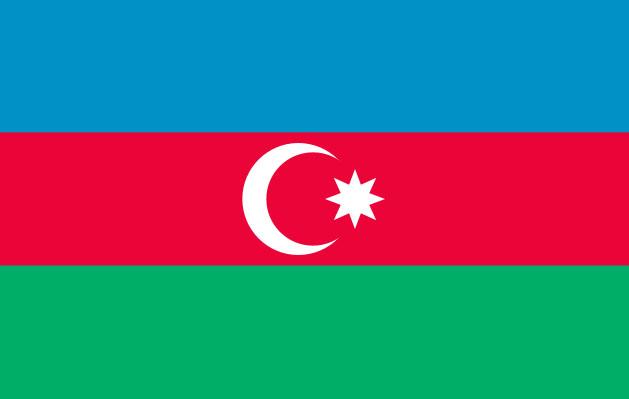Did You Know?: The Great Silk Roads
Nubra Valley in Ladakh, India © ShutterstockWe invite you to join us each week for Did you know? articles which adhere to preselected themes. Knowledge and appreciation of these subjects helps to preserve, diffuse, and promote elements of our common heritage of the Silk Roads.
The Great Silk Roads bears significant historical and socio-cultural importance. However, the extent of their geographical reach is relatively unknown. They are a network of land and maritime routes covering expansive regions in Asia, Africa and Europe.
These routes originate in East, South and Southeast Asia, passing through the Russian steppes, Central Asia, Indian sub-continent, Iranian and Anatolian plateaus, and the Arabian Peninsula. They also stretch through East and Northern Africa, covering regions between modern day Tanzania to Morocco. They finally reach the Iberian Peninsula by passing through Eastern and Southern Europe. (Please see the map of these routes here)
This network of routes facilitated many interactions between different people and cultures, over two millennia. Commerce and trade would have been the main motivation for exchange, yet they also generated the two-way flow of information, knowledge and ideas.
The development of trade, the spread of scientific knowledge and the dissemination of religious ideas all took place along the land and maritime trading routes. In this way, missionaries “carried” their faith to foreign lands. While Buddhism originated from India and expanded through east to Central Asia, China, and beyond, Christianity and later Islam, were dispersed from modern-day Turkey, Syria, Iran and the Arabian Peninsula towards other regions.
Our pluralistic and interdependent modern societies are indeed a result of the exchanges between diverse cultures and populations. This included travellers, merchants, scientists, missionaries, pilgrims and public officials along the great Silk Roads.
Today, with multiple interactions among different peoples, the Great Silk Roads remain a pioneer trading route providing an outstanding model of long-lasting peaceful interactions between different cultures, societies and civilisations.




